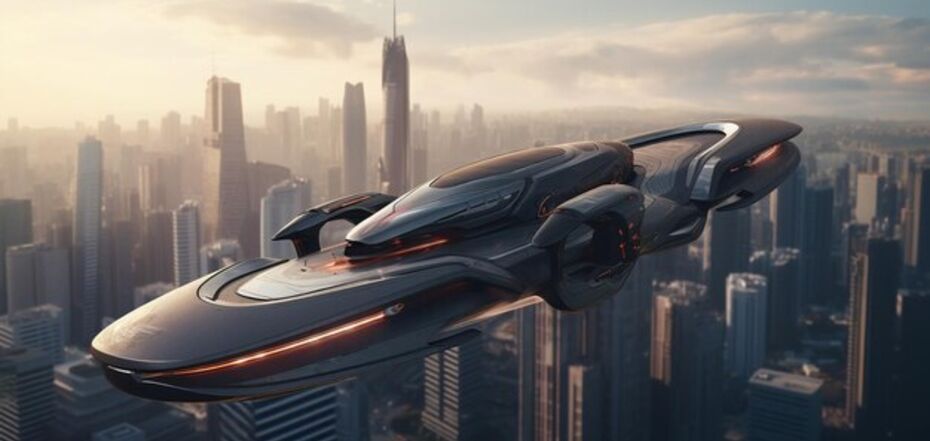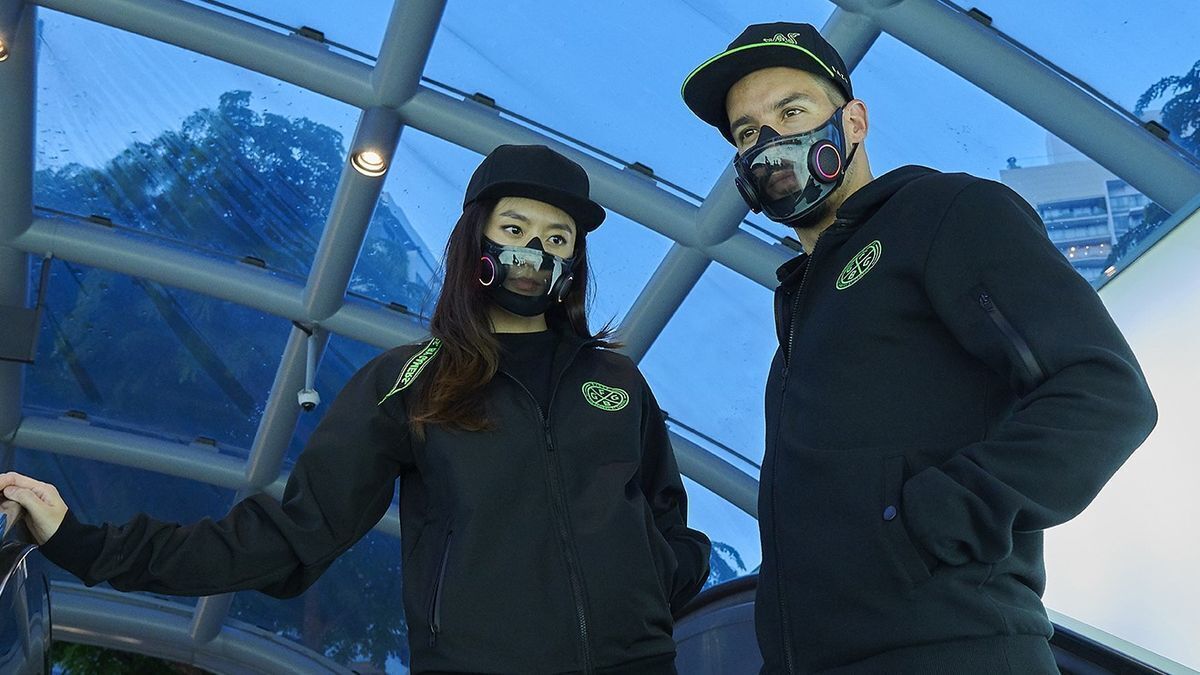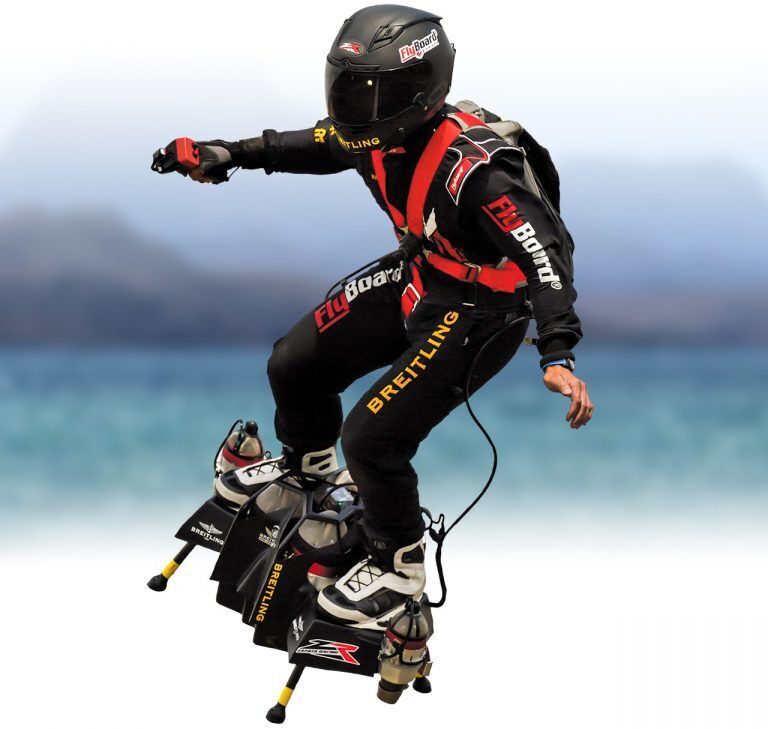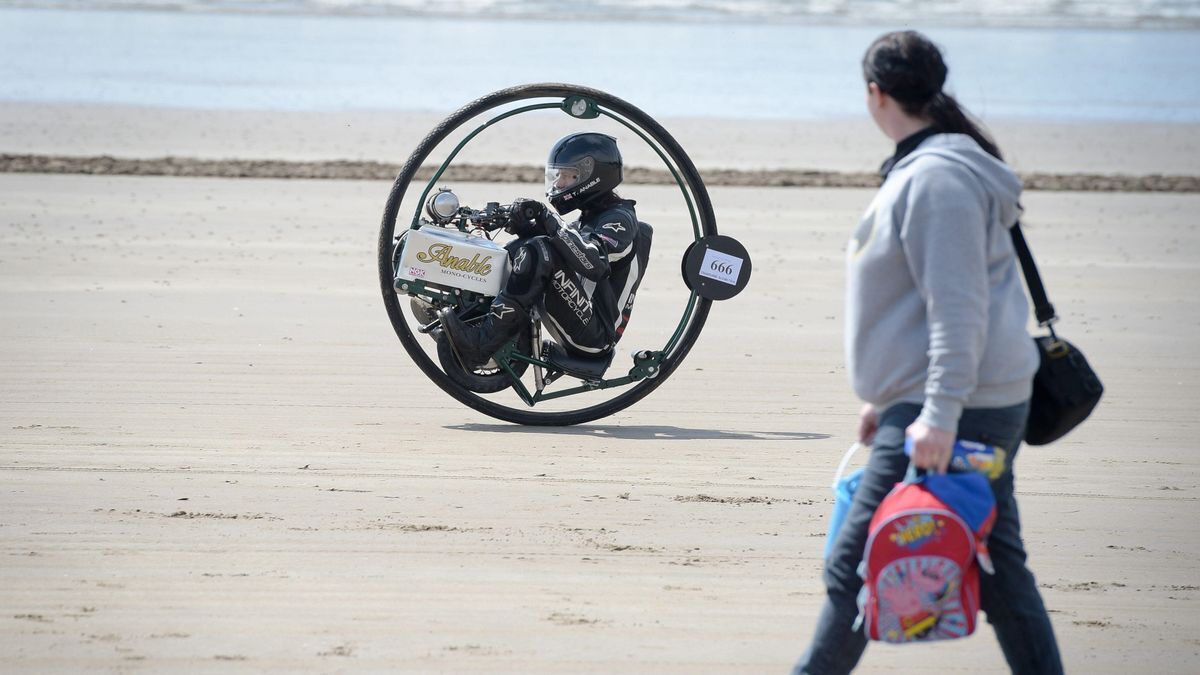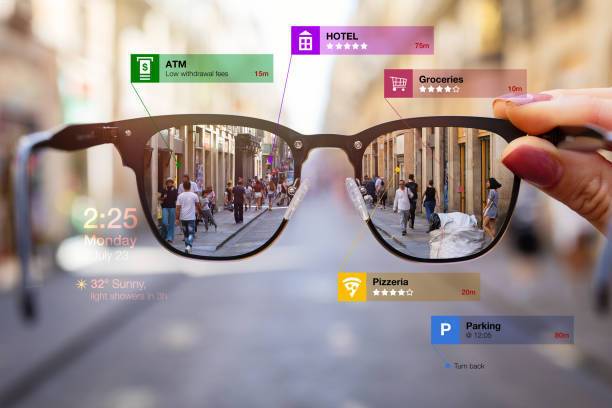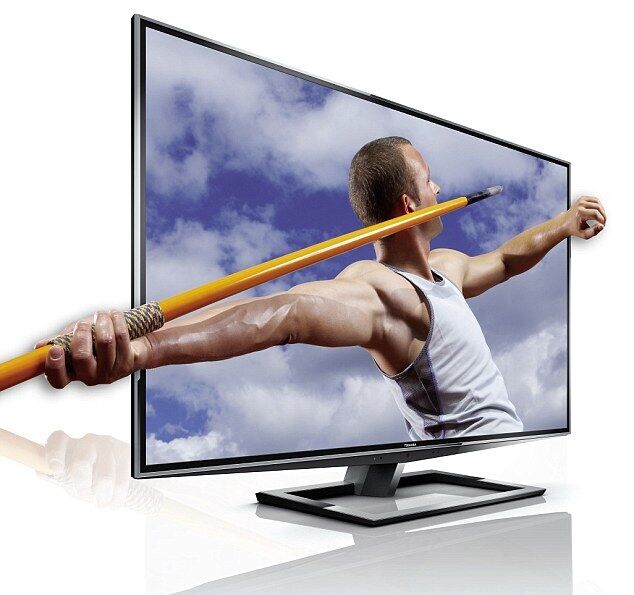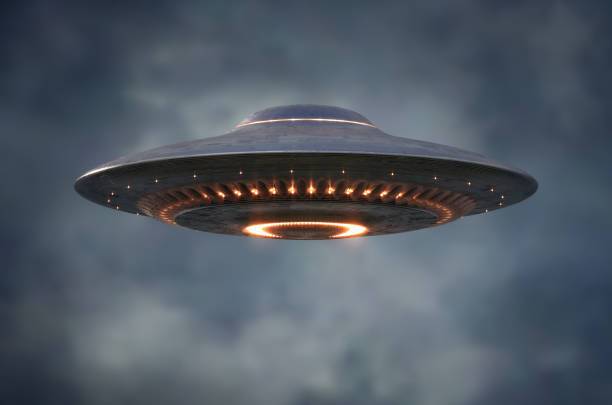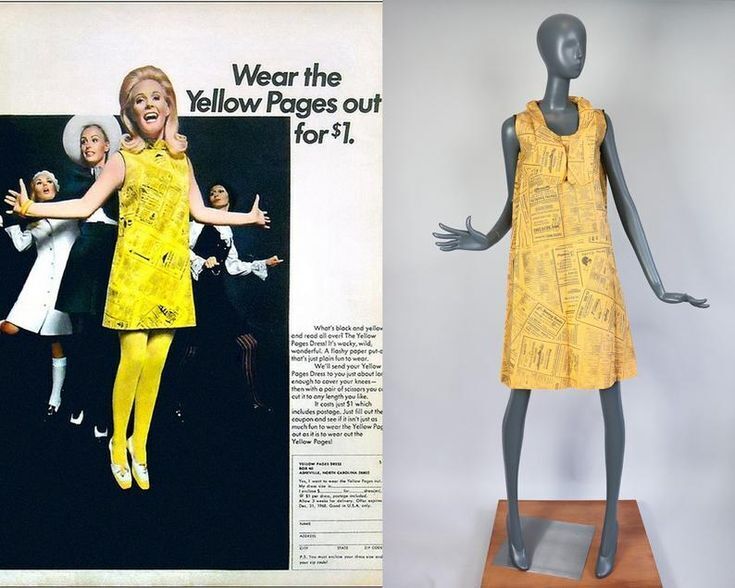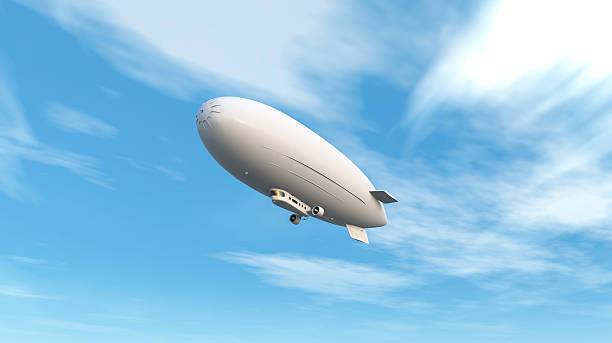News
Paper clothes, smelly movies, and flying saucers. Top 10 strangest technologies that never worked
Amazing ideas and quirky campaigns drive scientific discovery. But for every success, there are a number of failures.
These inventions could have been the next big thing, but something went wrong - either through a lack of luck or an understanding of what consumers want. Life Science publishes just such a rating of technologies with a minus sign: perhaps their time will come, but it's definitely not now.
Bluetooth face mask
A few years ago, you could make a fortune on protective masks. Several companies decided that the future belonged to Bluetooth masks, which allow you to receive calls, listen to music, and stay safe from infection. Razer's Zephyr is perhaps the most famous example, complete with RGB lights, speakers, and interchangeable filters, all for $99. But all Bluetooth face masks have long since disappeared from the market.
Gyroboards are "real"
About a decade ago, you could buy a "flying" gyroboard from ARCA Space and Hendo. But the exorbitant price, combined with excessive accident rates, made this entertainment available to only a few. People love the idea of a real gyroboard - especially those who grew up with the movie Back to the Future. But when the reality is a few minutes of flight time and costs measured in five figures, gyroboards remain more McGrounded than McFly.
Cat language translator
In 2003, a Japanese company released Meowlingual, a translator device for cats. You had to point it at the cat's face and let it listen to the sounds it makes. The device shows the current mood of the pet on the screen with a short phrase (for example, "I'm hungry").
And here's the scientific explanation: the device uses "voice imprint analysis technology developed at the preeminent Japan Acoustic Laboratory in Tokyo," according to an article in The Guardian. The Meowlingual went on sale in the US and Japan for about $75, but unfortunately, it is no longer available.
Electric unicycle
Why ride a wheel when you can sit inside it? In this case, use a motorcycle-like engine that can spin the wheel around and take you at speeds up to 98 kilometers per hour, which is the current world record. However, steering and braking are challenging. Nevertheless, since the first model was created in 1869, the idea has constantly captured people's imagination. Although more for fun and pathos than as a viable means of transportation.
AR glasses
We're not talking about the "smart" glasses developed by Ray-Ban and Amazon. Instead, we're talking about real augmented reality glasses that overlay images on your vision - to give you directions or tell you all about the tourist attraction you're looking at. As the infamous Google Glass debacle showed, people don't like having cameras staring at them, and glasses users don't like the terrible battery life combined with the bulky, ugly design.
Stinky movies
When televisions began to appear in American homes, movie studios realized they needed to take action to reverse the decline in movie attendance. Someone came up with the idea: stinky movies!
The basic idea was to spread an odor in the theater that would be supported by fans and match the action on the screen. When Smell-O-Vision debuted in the 1960 movie Scent of a Secret, viewers could smell 30 such odors, which also served as clues (the killer wore a distinctive cologne). However, installing the system in cinemas was expensive, the technology was unreliable, and the smells remained long after the movie ended.
3D TV
A prime example of a technology that is desperately looking for a market rather than solving a problem. 3D TVs have been the darlings of manufacturers, but have been met with indifference from consumers. Why: Because the number of great 3D movies can be counted on one hand, and because people watch TV to relax, not to end the day with a headache.
The technology exists - John Logie Baird first demonstrated stereoscopic TVs back in 1928 - but even when LG, Samsung and Sony flooded the CES tech show with 3D TVs in 2010, sales failed. It's time to admit that 3D TVs will never be a thing.
Flying saucers
Science fiction has long inspired real-world technology, and it's easy to see what movies British designer John West grew up with. In 1975, he created a real flying saucer with helium for lift and a set of propellers to push his invention in the right direction.
Unfortunately, West never received funding to turn his 9-meter-diameter radio-controlled prototype into a 61-meter-long production model, which he believed could carry a 10-ton cargo over a distance of 1,600 kilometers at 160 kilometers per hour. But you can see the prototype in action on YouTube.
Paper clothes
The idea of paper clothes has its roots in second-century China and Japanese kamikos, which were popular from the tenth century until the nineteenth. But it was America in the 60s that rebooted the concept, peaking with the introduction of the Warhol-style tureen dress in 1967. Paper clothes even appeared on British television in 1965, when the science program Tomorrow's World told viewers that "tomorrow's girl" would wear a paper shirt that was "perfect for writing down numbers." It remains a mystery why this idea fell into oblivion.
Airship
Once upon a time, airships, in particular the German Zeppelins, competed with airplanes for supremacy. Unlike early airplanes, they could cross oceans without stopping to refuel, and passengers enjoyed a gentle, almost silent flight.
Unfortunately, because most airships used hydrogen rather than the much less common helium, they tended to catch fire-the most infamous example of this was the Hindenburg disaster in 1937. Airships still exist, but it's not a given that you'll be lucky enough to fly them for a significant distance.
Only verified information is available on the OBOZ.UA Telegram channel and Viber. Do not fall for fakes!


